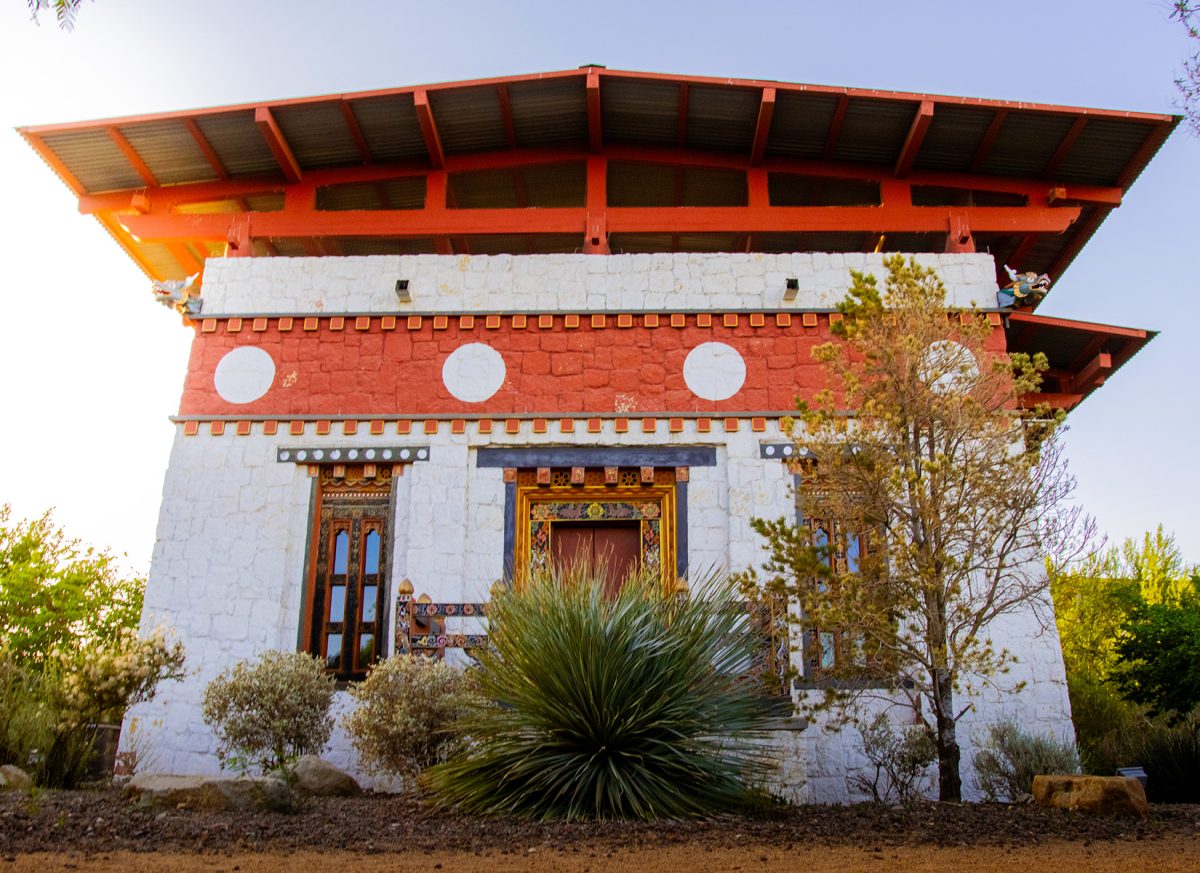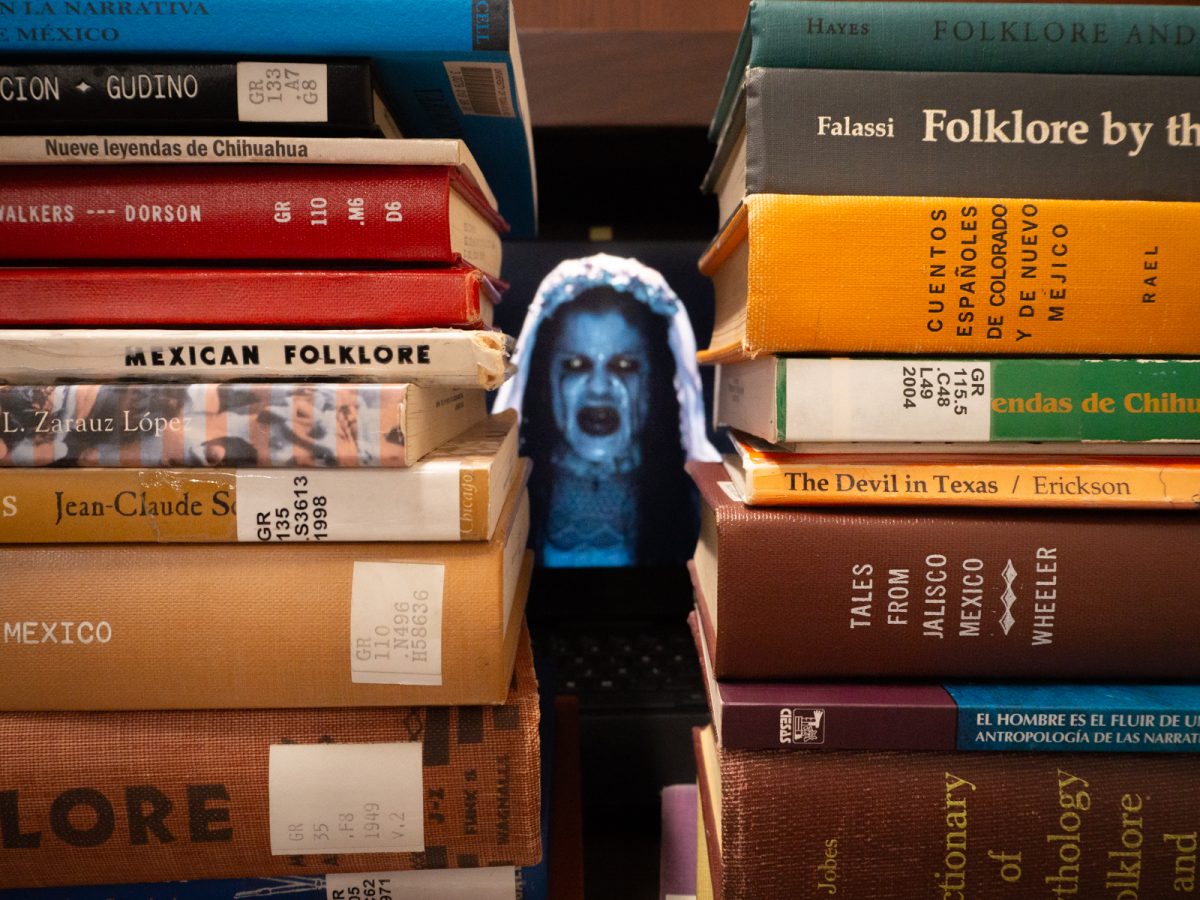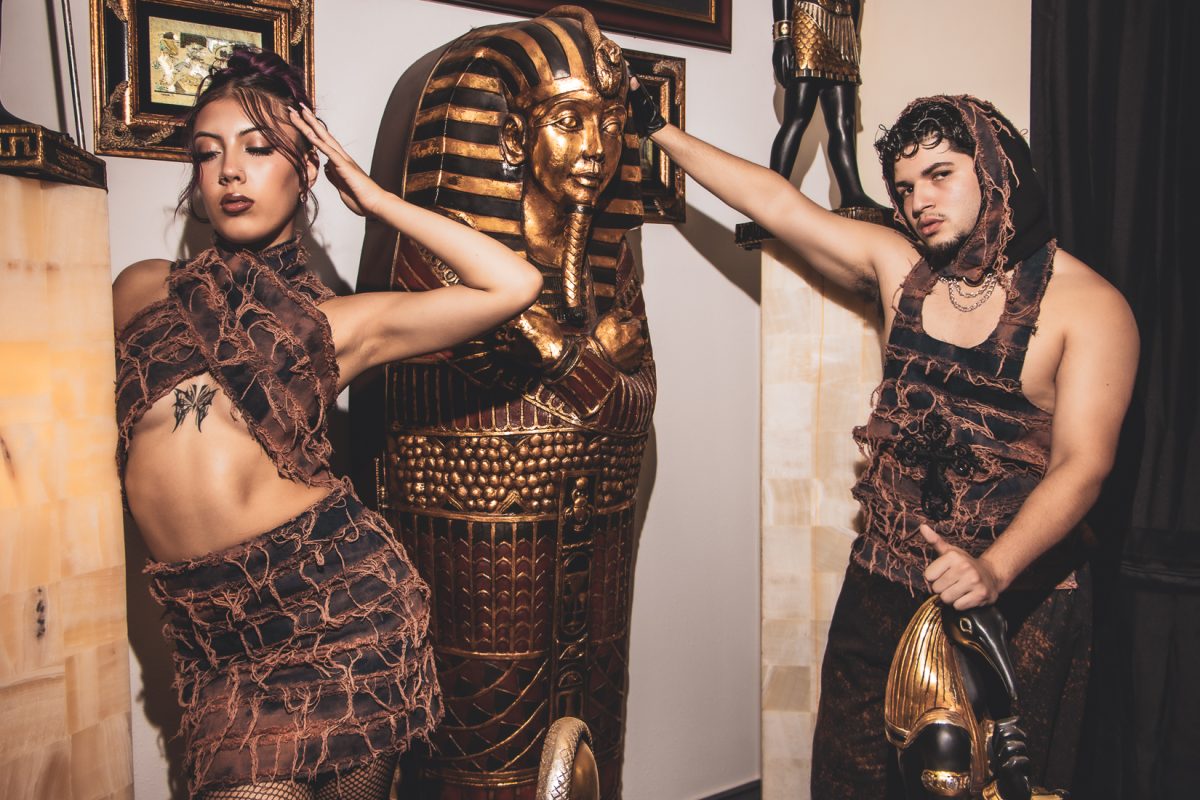Editor’s Note: This is the second part of a three-part series covering architecture in El Paso.
Visitors walking through the University of Texas at El Paso are often in awe at the distinct Bhutanese-style buildings that settled in naturally at the foothills of the Franklin Mountains. For many students and staff, however, the extraordinary story behind this Himalayan-inspired campus often goes unnoticed.
In 1916, the wife of UTEP’s first dean, Kathleen Worrell, discovered a National Geographic article published in 1914 from featuring Bhutanese dzongs, fortress-like structures with massive sloping walls, intricate woodwork, and tiered golden roofs. Captivated by their beauty and harmony with mountainous landscapes, she suggested the new Texas State School of Mines and Metallurgy, now UTEP, adopt this style for its campus buildings. Completed in 1917, the original five structures introduced a style that would later define the university’s identity for over a century.
From the beginning, UTEP administrators committed themselves to building in the Bhutanese style. UTEP associate professor of art history, Max Grossman, states, “UTEP has adhered to the style because, number one, it is beautiful, unique, and aesthetically pleasing. The buildings harmonize with the surrounding desertscape. Number two, it is traditional. The architecture is deeply rooted in the culture and history of our campus and community.”
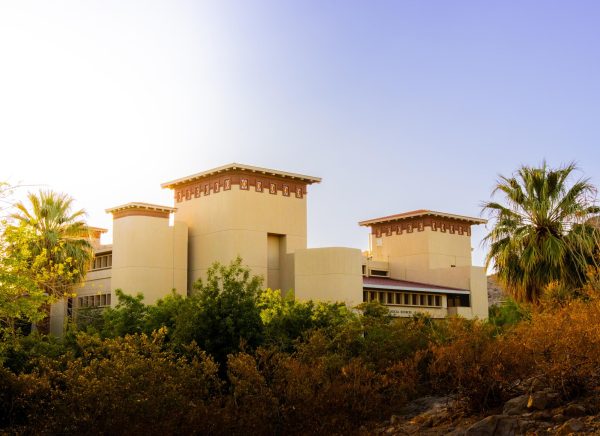
Unlike many American universities that favor neoclassical, Gothic, or modernist styles, UTEP remains one of the few institutions globally to replicate an Asian architectural style across its campus. From the earliest buildings, such as Old Main, Quinn Hall and Graham Hall, UTEP has sustained a visual unity inspired by Bhutanese fortresses, even as new buildings blend modern construction with traditional elements.
Recent projects like the Interdisciplinary Research Building, and the Advanced Manufacturing and Aerospace Center continue this tradition, adapting Bhutanese motifs such as sloping battered walls and intricate woodwork into modern facilities. Yet, as the campus expands, many students and faculty remain unaware of the history stitched into the buildings around them.
“I have noticed that when you go inside the buildings, there is a lot of Asian cultural influence, and I think that is neat,” Jessica De Leon, a UTEP student said. “Every time I pass by UTEP, I always think, ‘Wow, the buildings are so nice but also different from our culture.’ Some buildings have caught my attention because of how much they reflect that cultural style.”
One of the campus’ most significant recent additions is the Lhakhang Cultural Center, also known as the Lhakhang Temple. Initially built for the Smithsonian Folklife Festival in Washington, D.C., the Lhakhang was a gift from the Kingdom of Bhutan to the people of the United States. It was carefully disassembled, transported, and reconstructed in 2015.
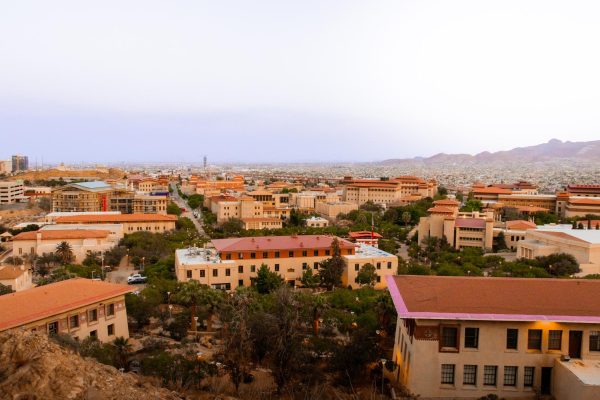
The Lhakhang is a masterpiece of Bhutanese craftsmanship constructed by artisans using traditional techniques. Every detail, from the hand-carved cedar wood to the brightly painted murals depicting Buddhist deities and myths, were executed with precision and deep respect for Bhutanese traditions. The temple symbolizes friendship between Bhutan and the United States and is an educational and cultural space for the El Paso community.
“Everybody who visits the campus is struck by the uniqueness and beauty of the architecture, which brings a sense of peace because, is that not what Buddhism is about? It is about inner peace, balance and harmony,” Grossman said.
Despite the cultural significance embedded into every structure, many passersby remain unaware of the unique history shaping UTEP’s visual identity. Unlike campuses where architecture fades into the background, UTEP’s design offers a chance to connect with its history for those who stop to notice.
As UTEP grows, the Bhutanese style remains a lasting symbol of its identity. It is a standing tradition. New facilities are expected to carry forward the distinctive features that have made UTEP a unique blend of cultures in the desert Southwest. In doing so, the campus is a rare American tribute to Bhutanese art, spirit and architecture worth pausing to admire.
SalmaPaola Baca is a staff photographer and may be reached at [email protected] and on Instagram @bysalmapaola.


